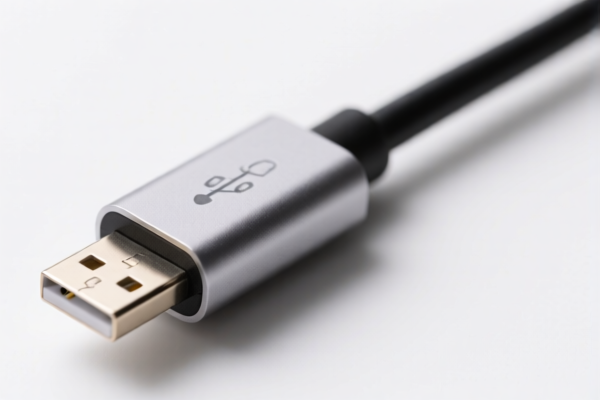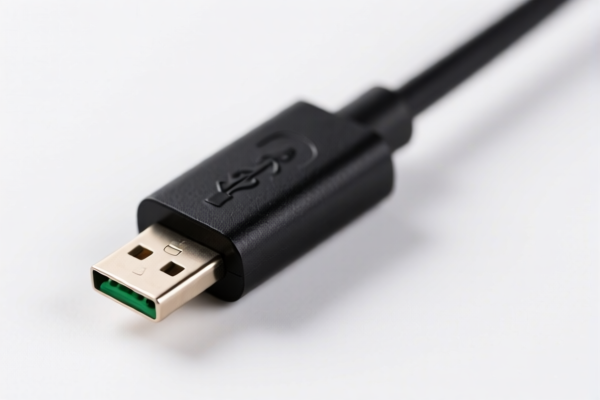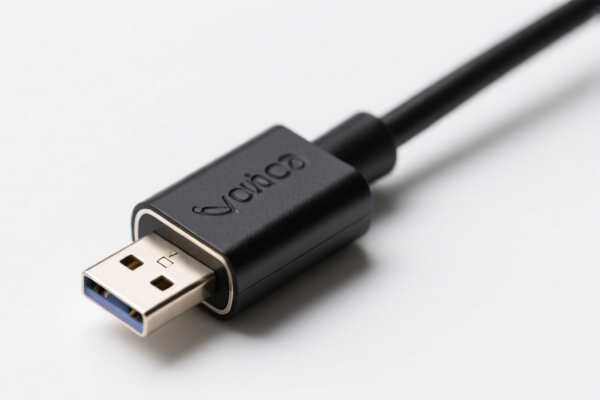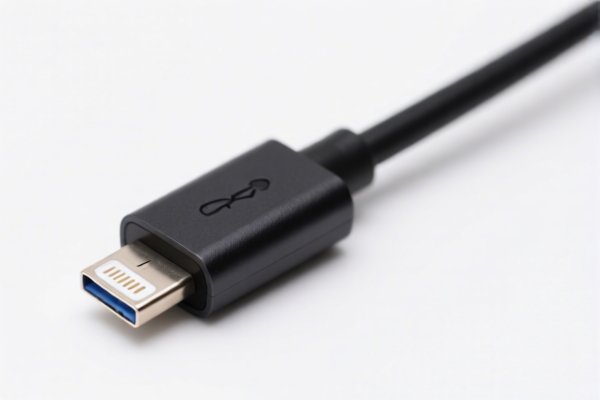| HS Code | Official Doc | Tariff Rate | Origin | Destination | Effective Date |
|---|---|---|---|---|---|
| 8548000000 | Doc | 30.0% | CN | US | 2025-05-12 |
| 8544421000 | Doc | 55.0% | CN | US | 2025-05-12 |
| 8543706000 | Doc | 55.0% | CN | US | 2025-05-12 |
| 8544492000 | Doc | 58.5% | CN | US | 2025-05-12 |
| 9507904000 | Doc | 43.1% | CN | US | 2025-05-12 |




- Product Classification: Adapter cable (declared product)
- HS CODE: 8548000000 (general category for adapters)
- Base Tariff Rate: 0.0%
- Additional Tariffs: 0.0%
- April 11 Special Tariff (after April 11, 2025): 30.0%
- Other Possible HS Codes (based on specific product types):
- 8544421000 (telephone adapter): Total tax 55.0% (base 0.0%, additional 25.0%, April 11 special 30.0%)
- 8543706000 (telephone line connection adapter): Total tax 55.0% (base 0.0%, additional 25.0%, April 11 special 30.0%)
- 8544492000 (low-voltage power adapter cable): Total tax 58.5% (base 3.5%, additional 25.0%, April 11 special 30.0%)
-
9507904000 (fishing line adapter): Total tax 43.1% (base 5.6%, additional 7.5%, April 11 special 30.0%)
-
Key Notes:
- The April 11, 2025 special tariff applies to all listed HS codes and is 30.0%.
- The total tax rate varies depending on the specific product type and its HS code.
-
Anti-dumping duties on iron and aluminum are not applicable for adapter cables.
-
Proactive Advice:
- Verify the exact product type (e.g., telephone, power, fishing line) to determine the correct HS code.
- Check the material and unit price to ensure proper classification and tax calculation.
- Confirm if any certifications (e.g., CE, FCC) are required for import compliance.
- Monitor the April 11, 2025 deadline for potential tariff changes.
- Product Classification: Adapter cable (declared product)
- HS CODE: 8548000000 (general category for adapters)
- Base Tariff Rate: 0.0%
- Additional Tariffs: 0.0%
- April 11 Special Tariff (after April 11, 2025): 30.0%
- Other Possible HS Codes (based on specific product types):
- 8544421000 (telephone adapter): Total tax 55.0% (base 0.0%, additional 25.0%, April 11 special 30.0%)
- 8543706000 (telephone line connection adapter): Total tax 55.0% (base 0.0%, additional 25.0%, April 11 special 30.0%)
- 8544492000 (low-voltage power adapter cable): Total tax 58.5% (base 3.5%, additional 25.0%, April 11 special 30.0%)
-
9507904000 (fishing line adapter): Total tax 43.1% (base 5.6%, additional 7.5%, April 11 special 30.0%)
-
Key Notes:
- The April 11, 2025 special tariff applies to all listed HS codes and is 30.0%.
- The total tax rate varies depending on the specific product type and its HS code.
-
Anti-dumping duties on iron and aluminum are not applicable for adapter cables.
-
Proactive Advice:
- Verify the exact product type (e.g., telephone, power, fishing line) to determine the correct HS code.
- Check the material and unit price to ensure proper classification and tax calculation.
- Confirm if any certifications (e.g., CE, FCC) are required for import compliance.
- Monitor the April 11, 2025 deadline for potential tariff changes.
Customer Reviews
I found the export details for plastic doors to be incredibly helpful. This site is a must-visit for anyone in the trade industry.
The explanation of the 5% tariff made things much clearer. I would have appreciated a link to more detailed tariff schedules, though.
This resource was a game-changer for me. The details about plastic builder’s doors and their tariff rates were spot-on.
The HS Code section was well-organized, but I wish there were more examples for different types of plastic products.
I was impressed with the clarity of the trade details. It made understanding the export process so much easier.